How Many Days Is 416 Hours

In a world increasingly governed by precise schedules and time management, understanding the conversion of hours into days is more crucial than ever. Determining the duration of 416 hours in terms of days requires a simple mathematical calculation, offering clarity for planning, project management, and daily life.
This article delves into the conversion of 416 hours into days, providing the definitive answer and exploring the implications of this calculation in various contexts. Understanding this conversion facilitates better time allocation and scheduling across diverse fields.
The Calculation: 416 Hours to Days
The conversion of hours to days is based on the fundamental understanding that there are 24 hours in a single day. To determine how many days are in 416 hours, we simply divide 416 by 24.
The calculation is as follows: 416 hours / 24 hours/day = 17.3333 days. Therefore, 416 hours is equivalent to approximately 17.33 days.
Practical Applications and Significance
Understanding this conversion holds significance across various sectors. For example, in project management, knowing that 416 hours translates to roughly 17 days allows project managers to allocate resources and set deadlines more accurately.
In the medical field, this conversion can be crucial for calculating medication schedules or tracking patient recovery times. It can also be vital in logistics, where delivery schedules are often planned based on hours and days to ensure timely arrival of goods.
Real-World Scenarios
Consider a construction project where a specific task requires 416 hours of labor. Knowing that this translates to approximately 17 days allows the construction manager to plan the timeline and allocate resources effectively.
Similarly, in a research lab, an experiment might need continuous monitoring for 416 hours. This conversion helps researchers schedule shifts and manage the experiment's progress accurately.
Impact on Scheduling and Planning
The ability to convert hours into days accurately has a direct impact on scheduling and planning efficiency. By precisely calculating the duration of tasks or projects, individuals and organizations can avoid overestimation or underestimation, leading to more effective resource allocation.
Effective scheduling minimizes downtime, reduces costs, and ensures that projects are completed within the allocated timeframes. Moreover, it enhances productivity and improves overall organizational performance.
"Accurate time conversion is the cornerstone of efficient planning,"notes Dr. Anya Sharma, a renowned time management consultant.
Challenges and Considerations
While the basic conversion is straightforward, real-world scenarios often involve complexities. Factors such as weekends, holidays, and individual work schedules can affect the actual number of workdays required to complete a task within a given number of hours.
For example, if a task requires 416 working hours and is scheduled to be completed over several weeks, the actual timeframe may extend beyond 17 calendar days due to non-working days. Effective planning must account for these variables to provide a more realistic estimate.
Moreover, task dependencies and resource availability can also influence the overall duration. If a task is dependent on the completion of another task, delays in the first task can impact the subsequent task’s timeline.
The Human Element: Impact on Individuals
Beyond organizational implications, the conversion of hours to days affects individuals' personal planning and time management. Whether it's scheduling study time, planning a vacation, or managing daily tasks, understanding time conversions helps individuals make informed decisions.
For students, knowing how many days are required to complete a research paper based on the estimated hours can aid in effective study planning. For travelers, this conversion can help in budgeting travel time and planning itineraries.
Ultimately, the ability to accurately convert hours into days empowers individuals to take control of their time and manage their lives more effectively.
Accurate time conversion is not just about numbers; it's about enabling better decision-making and efficient resource utilization.
Conclusion
In summary, 416 hours is equivalent to approximately 17.33 days. This conversion has significant implications for planning, scheduling, and time management across various sectors.
By understanding and applying this conversion effectively, individuals and organizations can enhance productivity, improve resource allocation, and achieve their goals more efficiently. Time, after all, is a precious resource, and its effective management is essential for success.Mastering the conversion of hours to days contributes to a more organized and productive lifestyle.

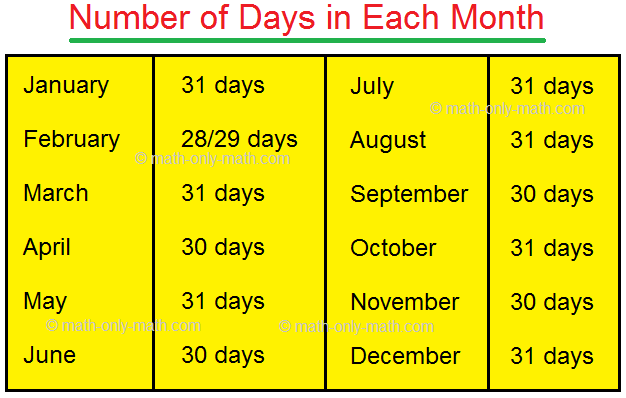

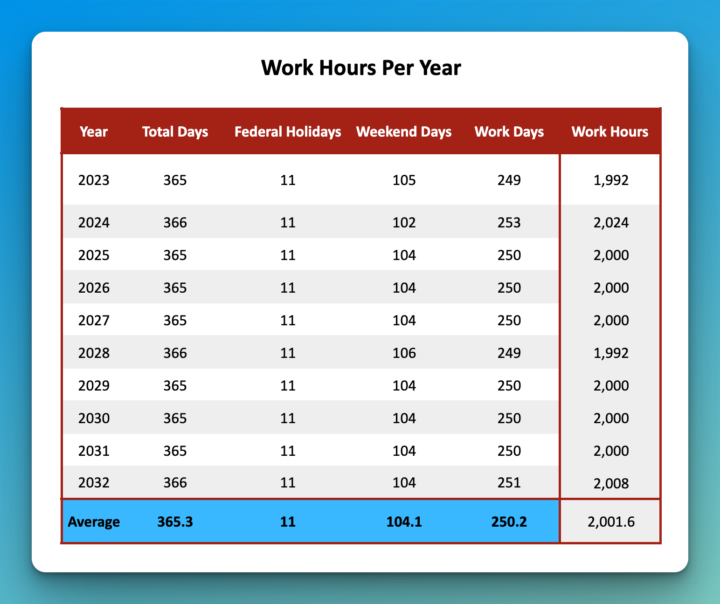
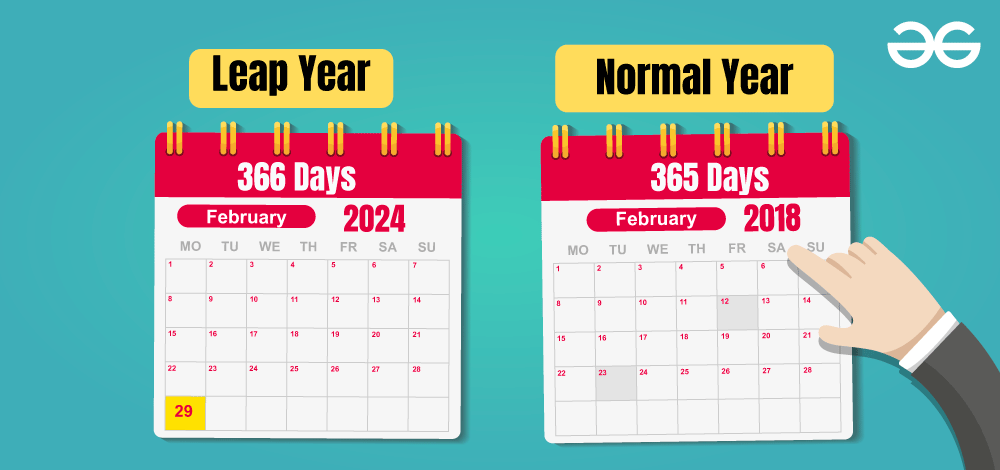
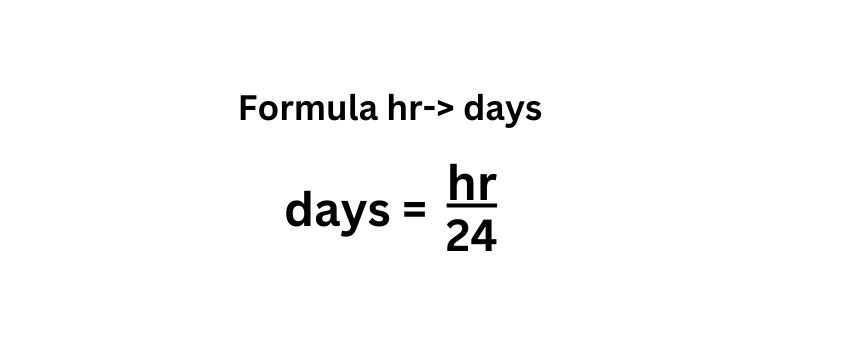
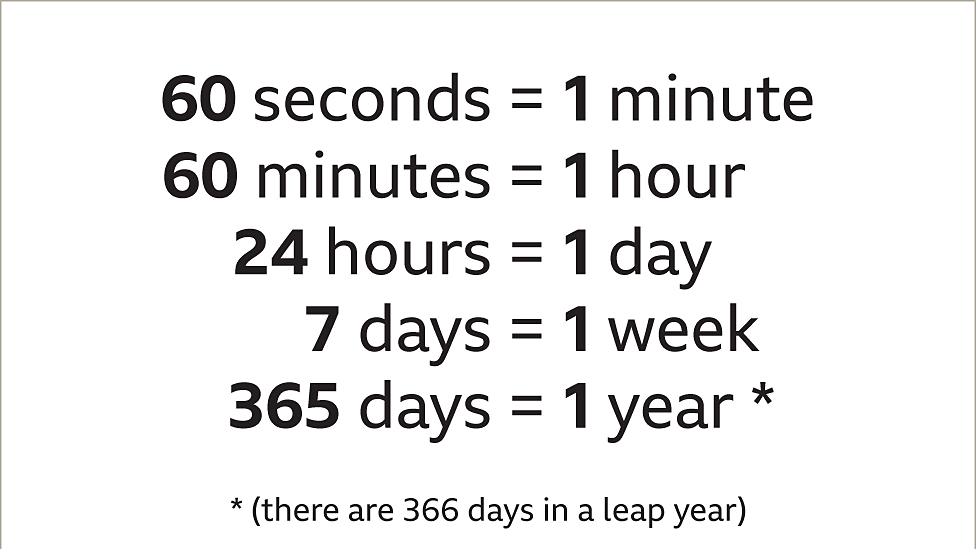
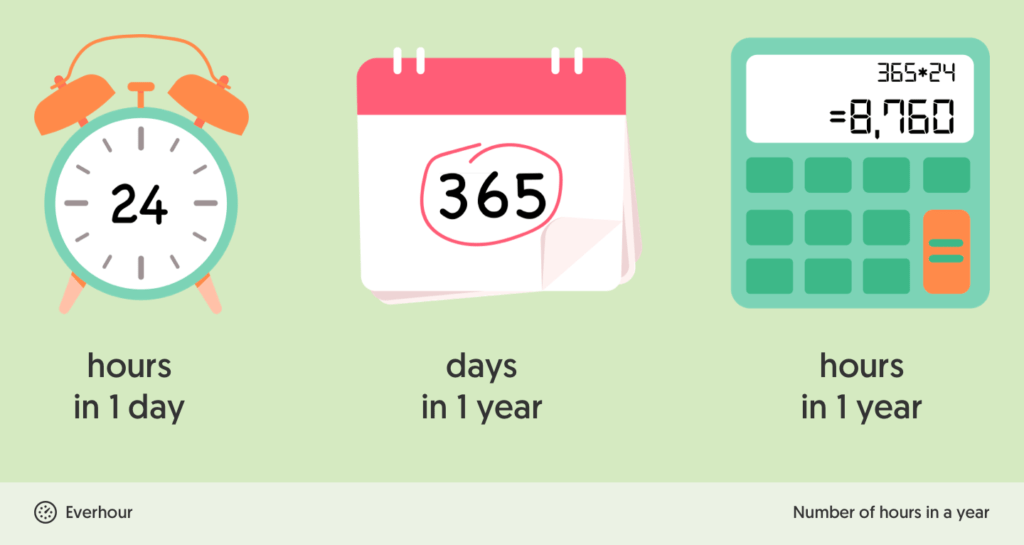
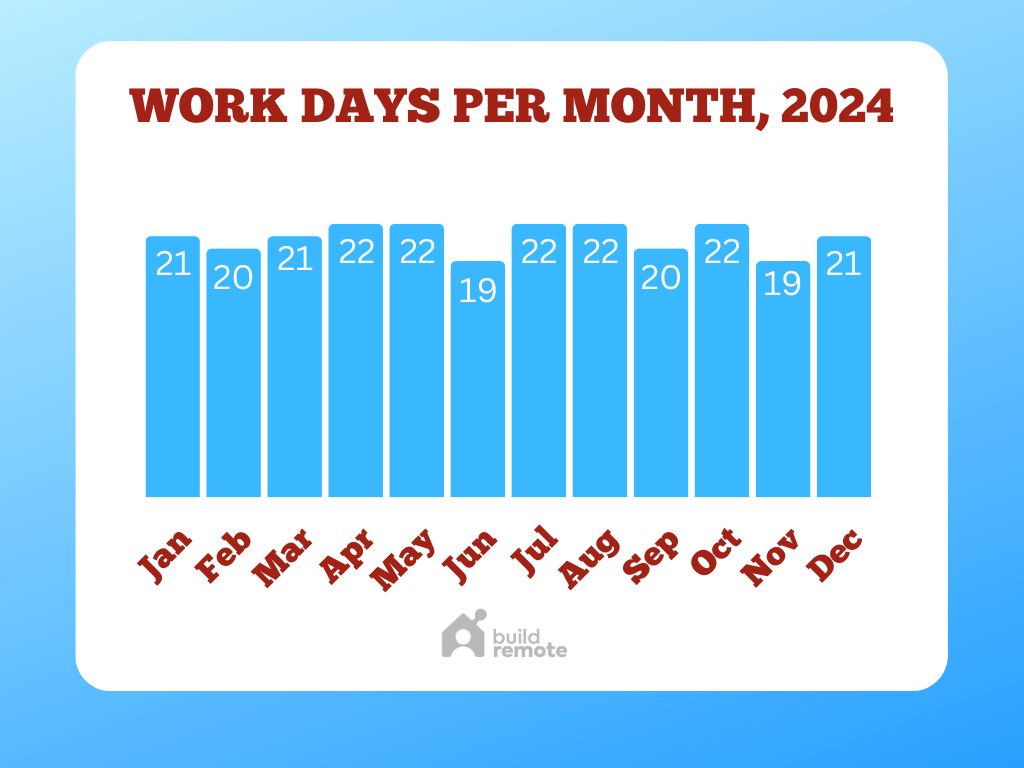
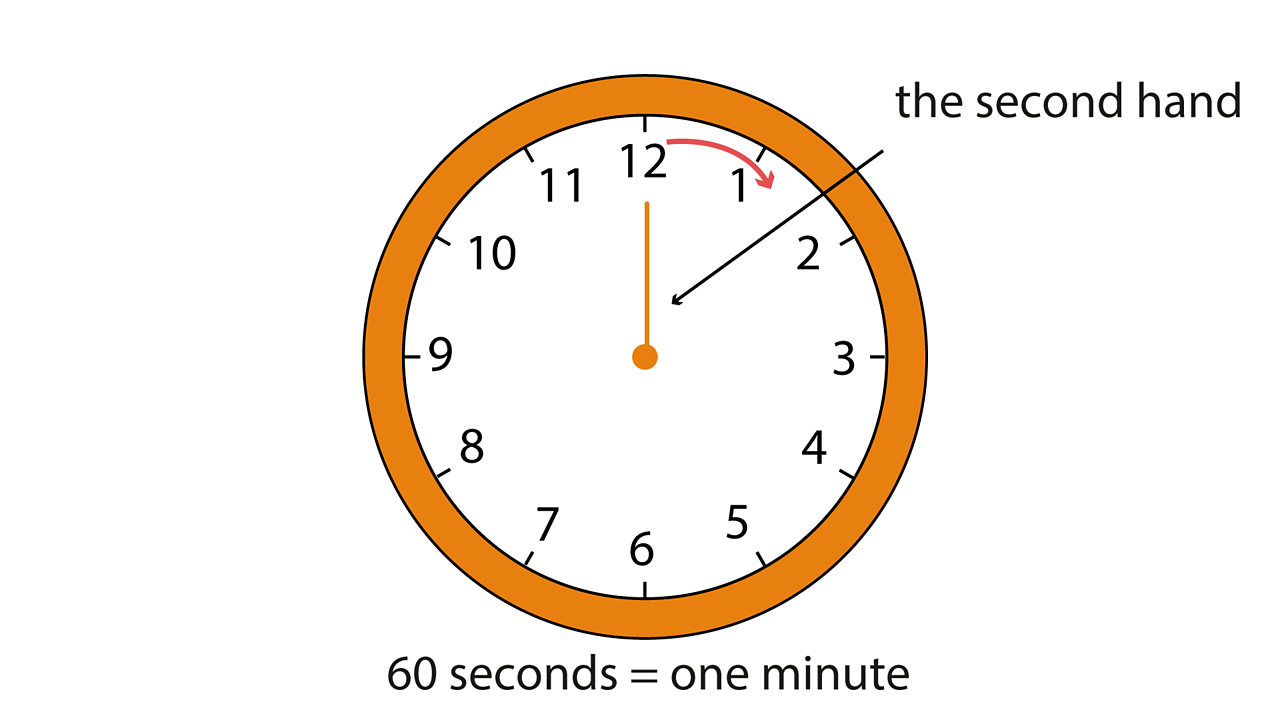
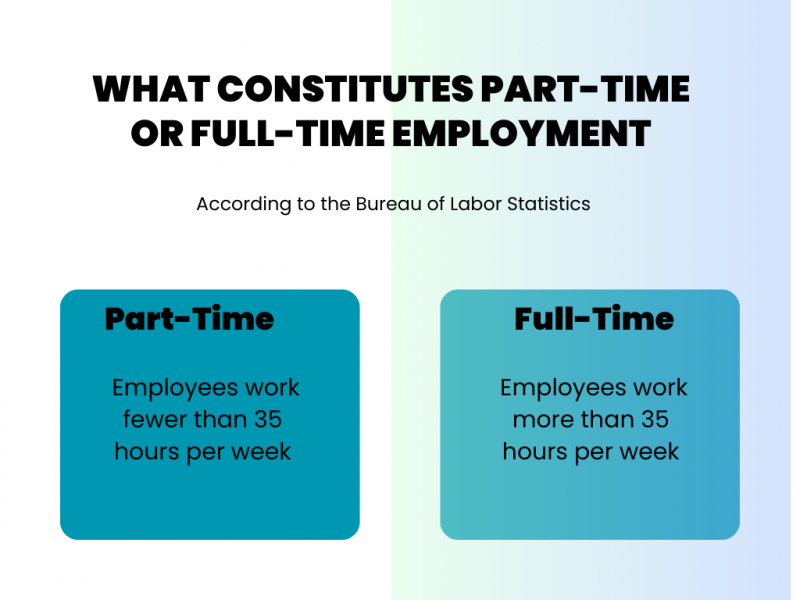

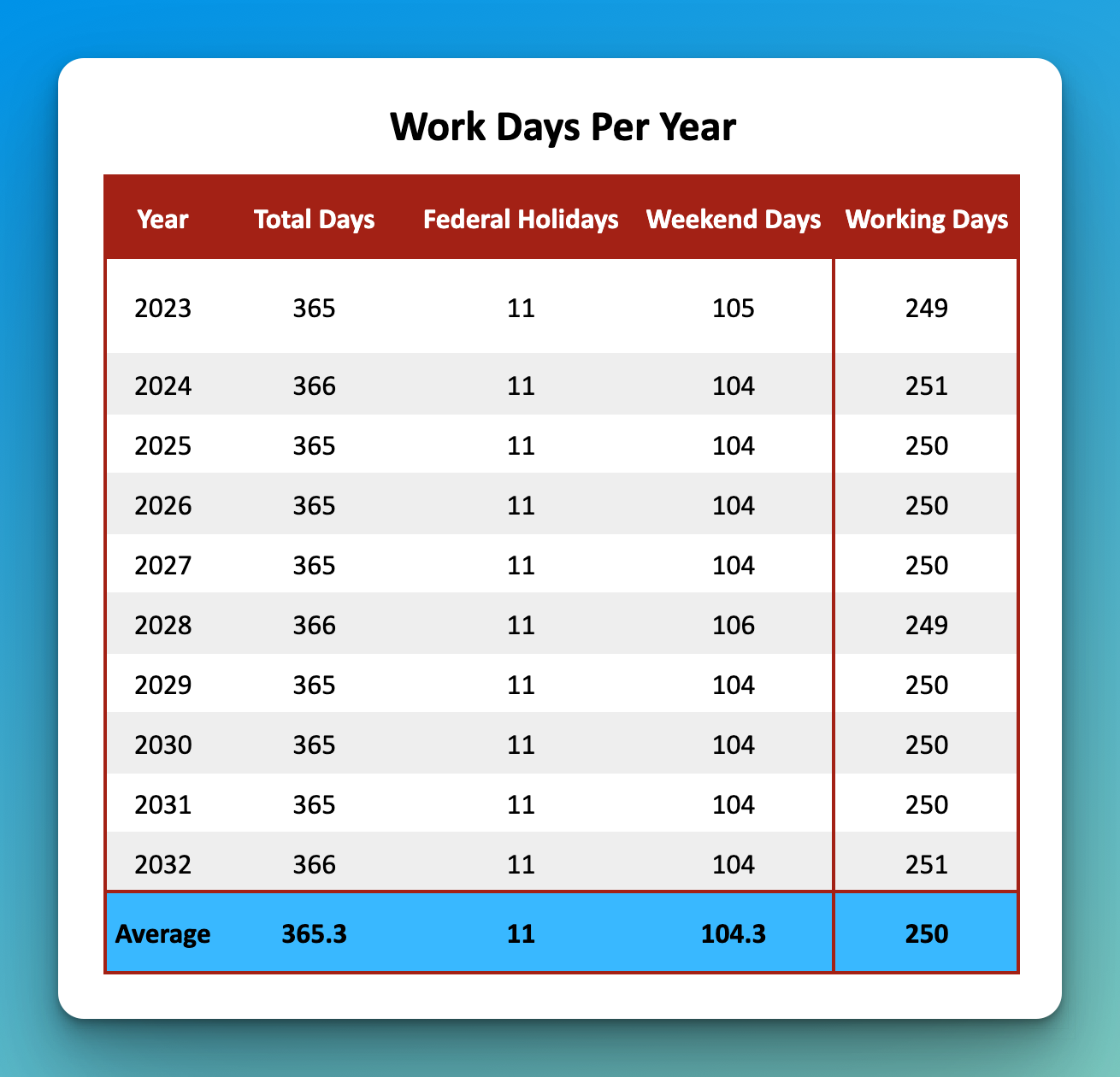
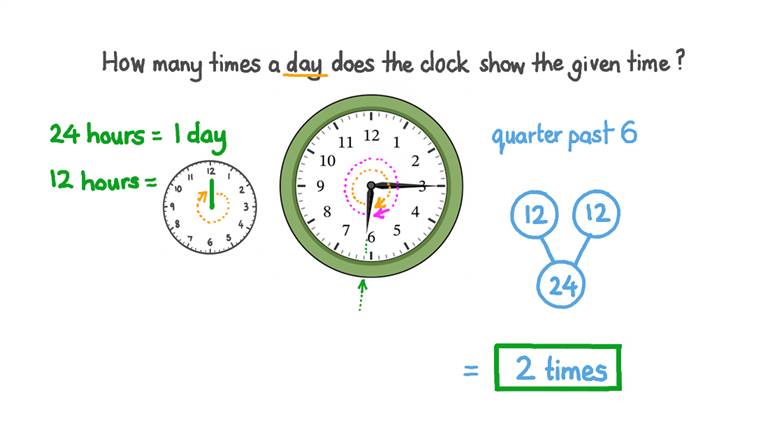
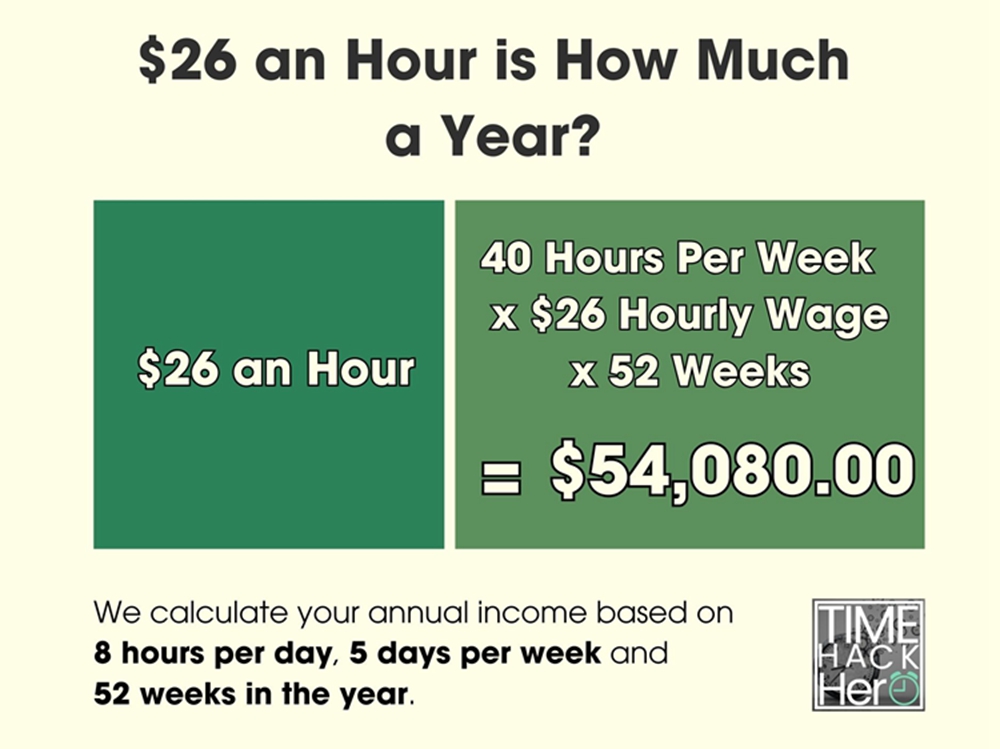

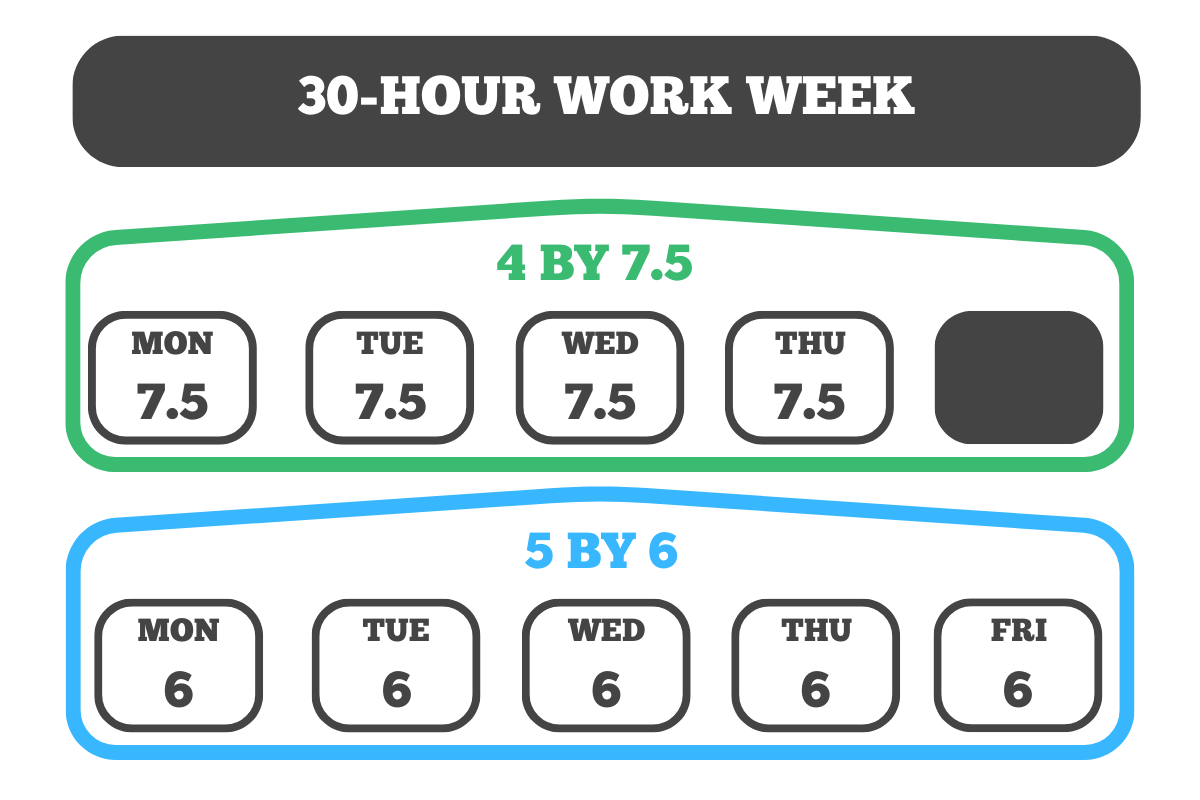
![How Many Days Is 416 Hours How Many Hours in a Year? Years to Hours Conversion [Solved]-WuKong Blog](https://i.ytimg.com/vi/RE3VDsIVDbw/maxresdefault.jpg)
